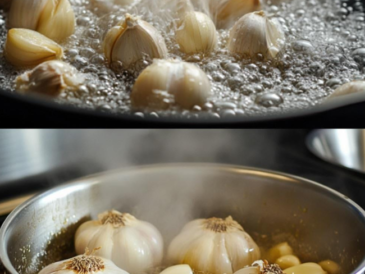5. Soil Testing and pH Adjustment
Test Soil pH: Before fertilizing, test the soil pH to ensure it is within the optimal range for your desired bloom color. Hydrangeas prefer slightly acidic soil (pH 5.5-6.5).
Adjusting pH: If necessary, adjust the soil pH using soil amendments. For blue blooms, lower the pH with sulfur or aluminum sulfate. For pink blooms, raise the pH with lime.
6. Supplemental NutrientsIron and Magnesium: These micronutrients are crucial for vibrant blooms and healthy foliage. Epsom salt (magnesium sulfate) can be used to provide magnesium.
Compost and Organic Matter: Incorporating compost into the soil improves its texture, drainage, and nutrient content, providing a healthy environment for hydrangeas.
7. Watering and Mulching
Consistent Moisture: Hydrangeas need consistent moisture to thrive. Water deeply once a week, and more often during hot, dry periods.
Mulching: Apply a 2-3 inch layer of organic mulch around the base of the plant. Mulch helps retain moisture, regulate soil temperature, and add nutrients to the soil as it decomposes.
8. Pruning and Maintenance
Regular Pruning: Prune hydrangeas to remove dead or damaged wood and to shape the plant. Proper pruning can encourage more vigorous growth and larger blooms.
Pest and Disease Control: Keep an eye out for pests and diseases, which can hinder the plant’s growth and bloom production. Use appropriate treatments as needed.
Conclusion
By selecting the right fertilizer, adhering to a fertilizing schedule, adjusting soil pH, and providing proper care, you can enjoy bigger and better blooms on your hydrangeas. Consistent watering, mulching, and maintenance also play vital roles in ensuring your hydrangeas thrive. With these tips, your garden will be filled with the stunning, lush blooms that hydrangeas are known for.




